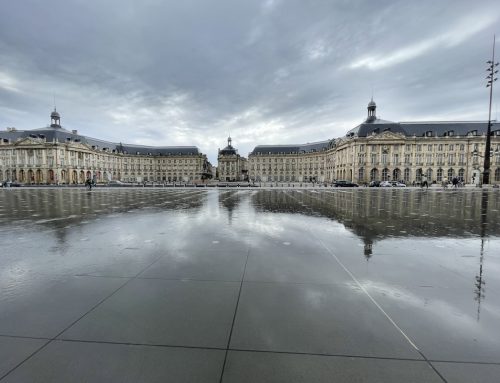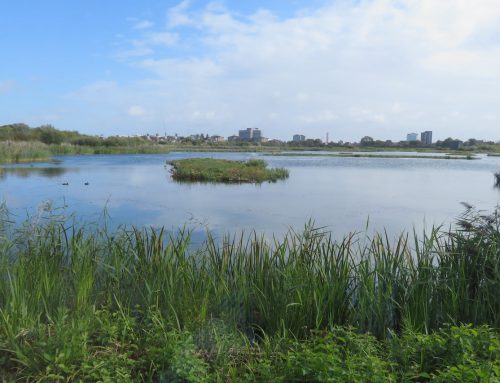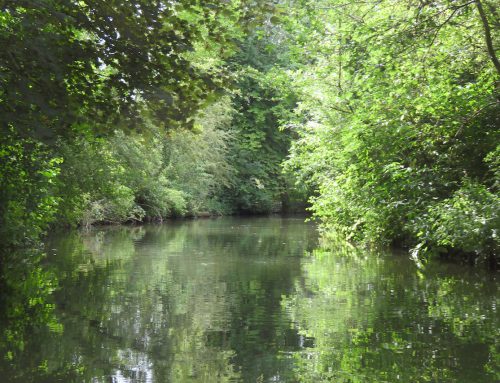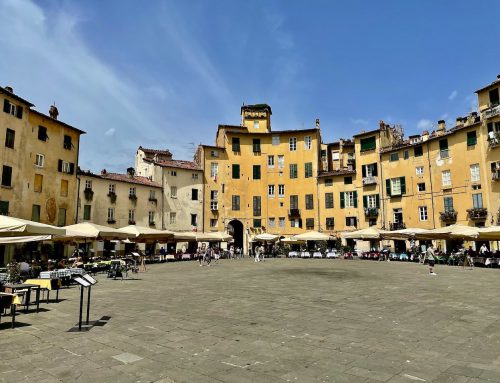Not for me, I’m afraid
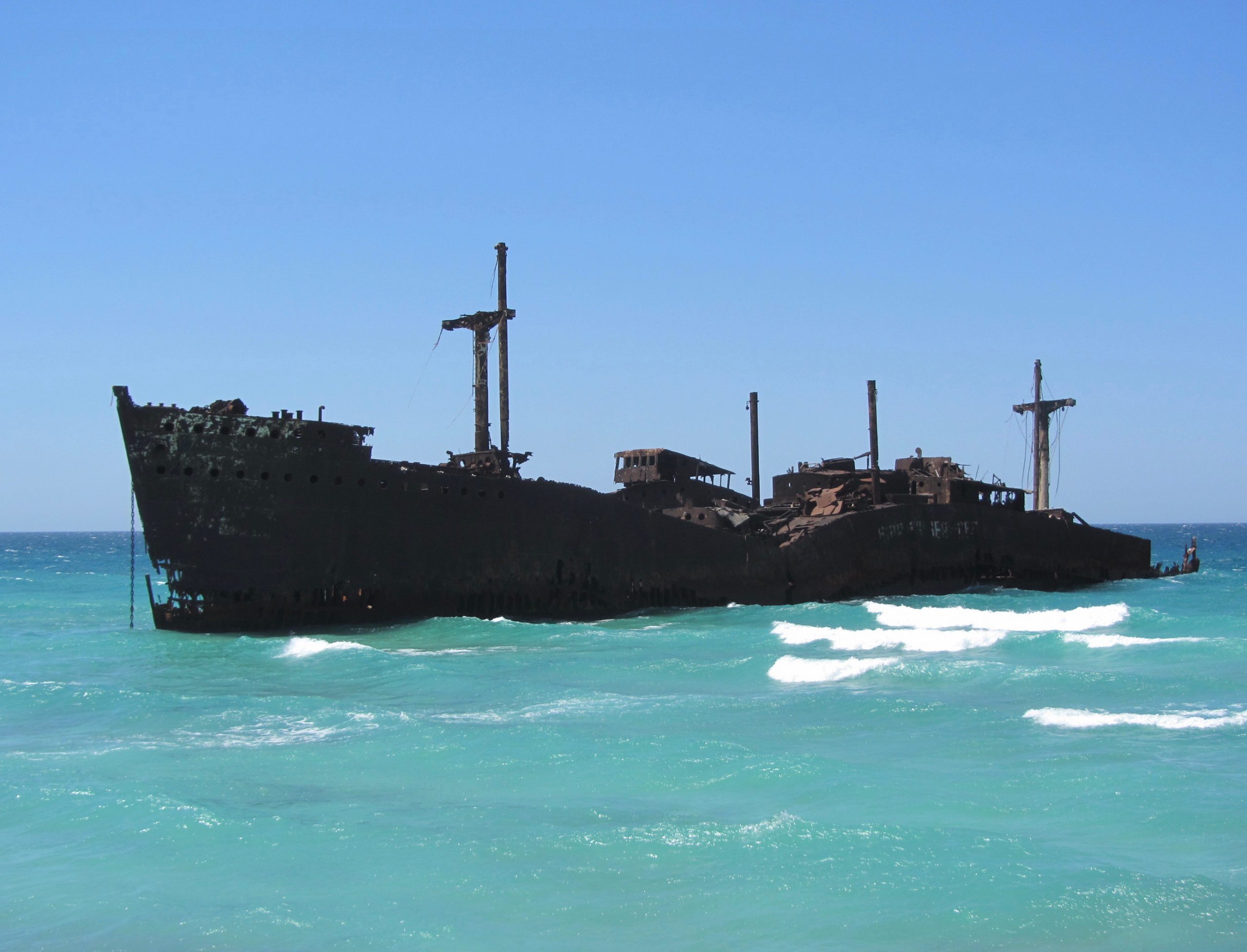
This ended up here in 1943 and no one can say why, including the Captain

This ended up here in 1943 and no one can say why, including the Captain
Kish Island, Iran
There was a basic difference of opinion. I wanted to see Kish Island while my guide wished to drive off-road. Actually, off-road in Kish may sound exciting but is little more than lurching past low-lying scrub as an occasional gazelle-like creature dashes for cover when surprised. I have generally found that off-road in the desert is fun for the driver but sick-making for the passengers in a very big way. Kish would be no different, of that I was sure, and anyway I was in tourist mode big-time and had much to see and do.
They call this place beautiful Kish Island - beautiful Kish - almost as if the word “beautiful” is part of the name. There seems to be a mission to persuade the world that the place is wonderfully attractive and in many respects it is. However, it is also flat. Dead flat actually. You would not go to Kish for a mountain holiday. You would go to Kish for the beach, as long as you could handle the separated boy beaches and girl beaches designed to ensure that a chance mixed-gender encounter is as remote as remote can be. Actually, for remote read impossible as right now the one and only mixed beach remains closed.
So off I went on my Kish Island tour. The instruction to my guide? Show me everything although I need to be back by lunch.
Kish is what they call a Free Zone. If you are Iranian, you can visit the place without a visa. If you are a foreigner, you can do the same as well. Actually, the arrival formalities were not that straightforward. I was fingerprinted, photographed, quizzed and my passport inspected with everything other than the airport microscope and finally stamped. I was good for 14 days.
“Welcome to”… wait for it… “beautiful Kish” said a half-smiling immigration officer, and across the border I went. Try that to a coachload of Western tourists once visitors pick up speed, I thought. They may not be so uncomplaining. The place is jacked up for Iranians, who come here during the national holiday period in their thousands, but for the Western tourist Kish has a fair way to go.
Yet when you do look around there is a pile to see, some of it a sad reminder of earlier times. In the days of the Shah, for example, Kish Airport was designed to handle Concorde while one of its hotels used to be the Grand Casino. Not a hope these days.
Meanwhile there are cycle paths everywhere, less than 6 inches of rain a year and, unlike Dubai, folk do appear to walk. Physical exercise is not an indoor activity. The roads are largely traffic free and the water has an attractive turquoise tinge that is impossible to describe. I spent much time trying to capture the colour on my amateur digital camera but sadly failed despite countless attempts.
Kish is not big and sits in the Persian Gulf, 19 kilometres from mainland Iran. Its total circumference is barely 40 kilometres, so you can drive round the thing in an instant. The books recommend all sorts of sights. An underground city - my guide denied its existence; off-road driving - need I say more; a dolphinarium – utterly fantastic; a museum of anthropology – surprisingly interesting; and the burned-out hulk of a Greek ship that has lain on Kish’s south-west coast since 1943. No one knows how it got there, if the locals are to be believed, and that includes the captain. Pull the other one is my view.
But to me travelling is all about people. What do they look like, how do they speak, what do they eat and how do they behave around me? What stands out in Kish is what I can only call the Battle of the Hijab. The hijab is the head covering that Iranian law, and the Muslim religion, demands of its ladies. Religious police exist to ensure it is properly worn and yet everywhere I see the fair gender taking its unfair share of risk. To follow the party line, it goes like this. You wrap the hijab over your head in the standard and proper way, you cover your hairline fully, and allow one end of the hijab to dangle and the other wraps around your neck as if it were a winter’s scarf. Meanwhile you wear a top, sorry manteau, that comes to well below the knee and you allow no one, absolutely no one to realise you even have ankles. Forget about showing your elbows, too.
It is now that the Battle of the Hijab begins. Slowly, ever so slowly, you allow the thing to slip backwards. First the hairline appears, then the centre of the head, while the hijab continues its ever-so-graceful backwards slide. The professional rebel ties her hair in a bun to catch the thing before it falls off while one or two use hair clips to achieve the same end. The aim is to make the hijab’s existence as precarious as possible without it falling in an untidy heap on the ground behind. All around I see ladies adjusting their headgear, almost without thinking, to position their hijab just so. Meanwhile ear rings dangle, big ones, bright ones, the sunlight sparkling off them like a survival mirror. The ladies are made up to the nines, well actually tens and elevens, and plenty have had face jobs to boot. I am told that plastic surgery is the career choice bar none in Iran. If you want the world to learn how to push a political envelope when a Government is outwardly intransigent, go talk to the Iranian ladies. They make a Western feminist seem tame.
The other tradition I have found hard is something the locals call taarof. It goes like this. You take a taxi, having bargained some ludicrous sum - as far as I can tell sufficient to pay off the Iranian national debt singlehandedly – and you reach your destination in one piece. By all accounts this is not a guaranteed certainty in Kish anyway and definitely not on mainland Iran. You reach for your wallet, extract the required payment and hand it across. But at that point the taxi driver leans back and declines to accept it. He shakes his head, he waves both hands, he says “No”, or whatever might be the Farsi equivalent. This Englishman’s response is to smile, to raise my eyebrows in a way that says “Are you sure?”, pocket my money and make a run for it. That is not what you do in Iran. Your job is to insist on paying, whatever might be said in return and by the third refusal your taxi driver gratefully takes the cash.
Taarof is apparently widespread and in all walks of life. In a business negotiation you might skirt around the real reason for meeting from beginning to end. You are meant to understand what is being discussed by implication not by the introduction of hard fact. In the workplace some employees will work for several days before a salary is even debated. They will then seek a meeting with their employer and ask to be paid without asking, if that makes nonsensical sense.
Taarof? Not for me, I am afraid. There is simply too much room for misunderstanding. But as ways of keeping the character of a clearly unique culture and people, taarof and the Battle of the Hijab speak volumes.

Kish cycle track. Outdoor exercise rules OK


